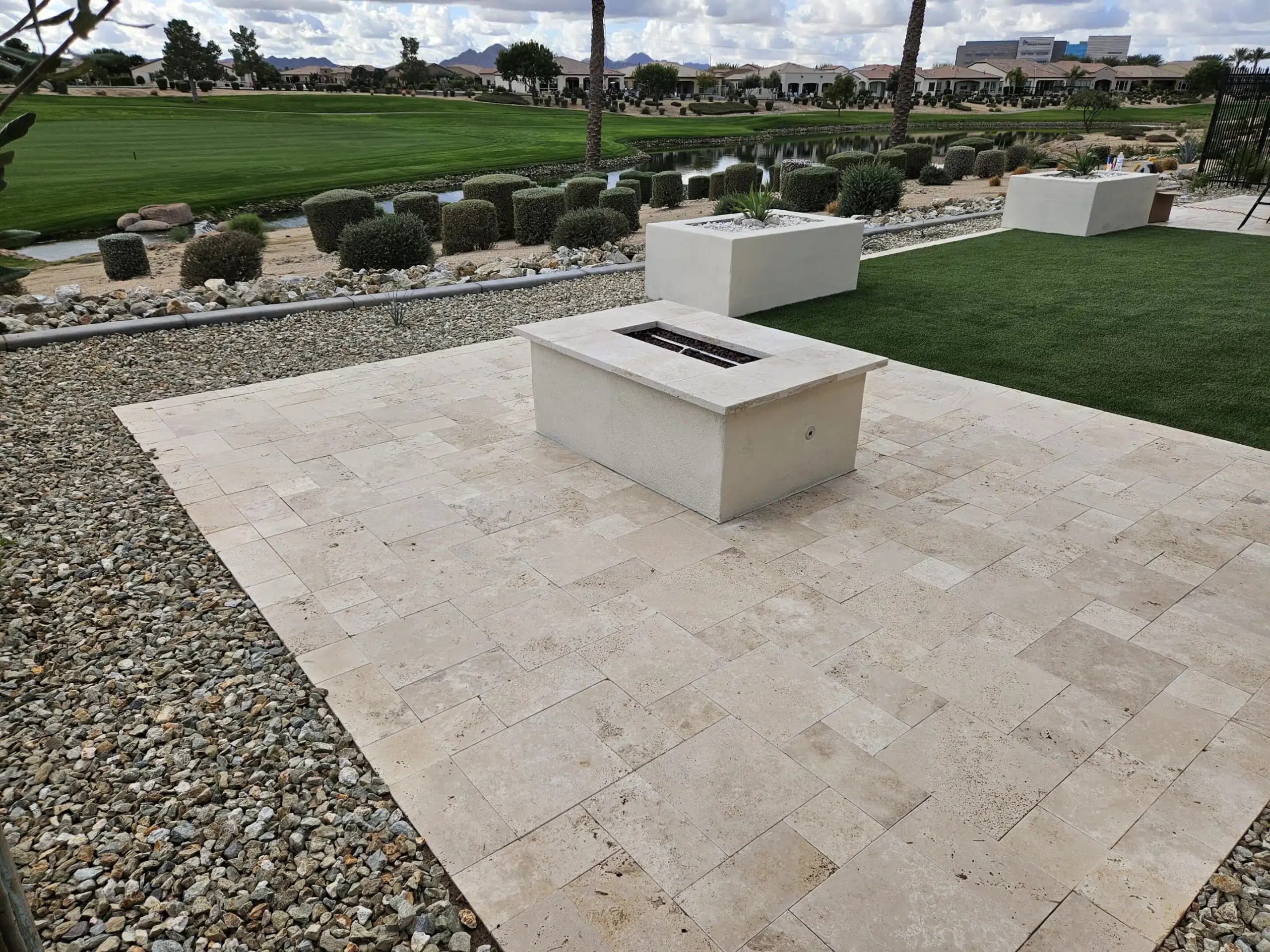When planning an outdoor project, choosing the right time to install travertine pavers can make a big difference in both the installation process and the longevity of your patio, pool deck, or walkway. Weather conditions, temperature, and moisture levels all play key roles in ensuring your pavers settle correctly and maintain their natural beauty for years to come.
1. Spring: The Ideal Season for Installation
Spring is often considered the best time to install travertine pavers. Temperatures are moderate, and the ground is soft enough to work with after winter rains but not overly saturated. This makes it easier to level the base materials and ensure a strong foundation.
Benefits of Spring Installation:
-
Ideal temperature range (60°F–80°F)
-
Moderate humidity allows mortar or sand to set properly
-
You can enjoy your new patio or pool deck all summer long
2. Summer: Great for Fast Setting — With Caution
Summer is another popular time for outdoor projects, but extreme heat can cause materials to dry too quickly, especially in sunny regions like California. If installing during summer, it’s best to work in the early morning or late afternoon and keep the surface slightly damp to prevent cracking or uneven curing.
Tips for Summer Installation:
-
Avoid direct midday heat
-
Keep the pavers shaded or moist during installation
-
Allow for expansion gaps since stones expand slightly in hot weather
3. Fall: A Comfortable Alternative
Fall provides stable weather and cooler temperatures that make installation comfortable and efficient. The ground remains dry enough for compaction, and there’s less rush compared to the busy summer months. It’s also a good time to prepare your outdoor space before the rainy season begins.
Benefits of Fall Installation:
-
Comfortable working temperatures
-
Reduced risk of heat-related issues
-
Allows pavers to settle before winter moisture
4. Winter: Usually Not Recommended
Winter installation is not ideal unless you live in a mild climate. Cold temperatures can interfere with the bonding of materials like mortar or sealers, and frequent rain can disrupt compaction. However, in regions like Sacramento or Northern California, mild winter days can still allow for small installations if weather conditions are dry.
If Installing in Winter:
-
Monitor the forecast to avoid rain or freezing temperatures
-
Use fast-setting materials if necessary
-
Ensure the base is completely dry before placing pavers
Final Thoughts – What is the best time to install travertine pavers?
The best time to install travertine pavers depends largely on your local climate, but spring and fall tend to offer the most favorable conditions. Planning your installation during these seasons ensures optimal curing, better workmanship, and a long-lasting finish.
Whether you’re creating a new patio, pool surround, or garden walkway, timing the project right will help your travertine pavers look their best for years to come.

